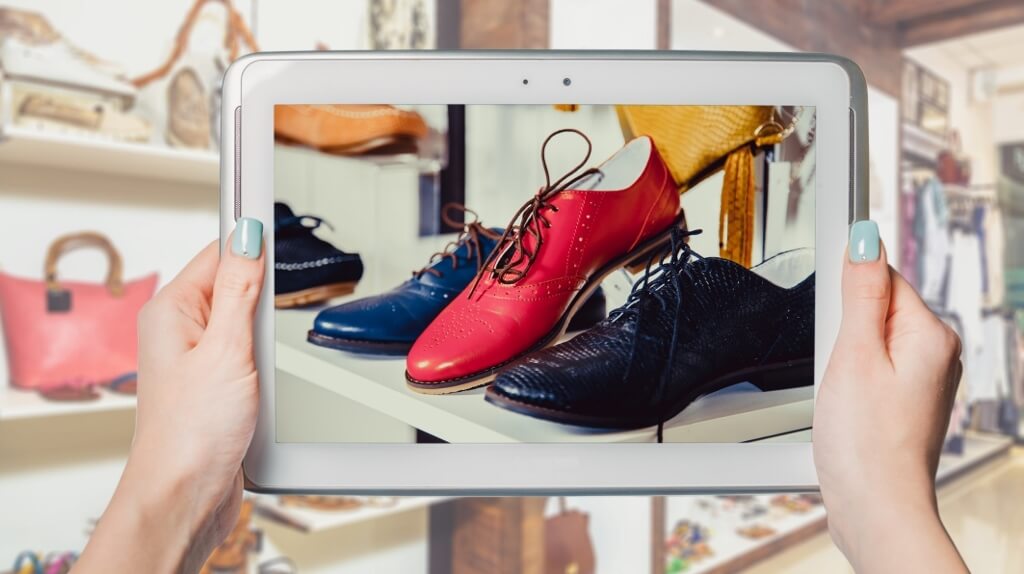Another year, another great leap forward for eCommerce technology. Just what can we expect to see in the world of online retail over the next 12 months?
Six for 16: eCommerce Trends For The Year Ahead
Another year, another great leap forward for eCommerce technology. Just what can we expect to see in the world of online retail over the next 12 months?

As we are one month in 2016, it’s time to look at what’s ‘in store’ for e-Commerce over the year! Forrester has predicted that consumers will spend $327 billion on online shopping in 2016, with Brits expected to spend £60bn. As eCommerce continues to flourish and evolve staying up to date with market changes is crucial, so here are 6 trends to keep an eye on in 2016.
Omnichannel shopping
Déjà vu? Yes, this one isn’t new, but sadly far too many online retailers still aren’t optimising their sites for multiple devices. With research from Retail Me Not predicting that in 2016, multichannel shoppers will spend almost double that of PC-only shoppers, etailers are seriously limiting their sales opportunities by not catering for all devices.
According to Google, the percentage of eCommerce spend carried out on mobile devices has increased from 18.7% in 2014 to 28.6% in 2015 and will continue to grow until 2021. Consumers not only expect to be able to carry out their purchases across channels but to have a streamlined experience whichever channel they use.
Looking even further forward, smartwatches and wearable tech will undoubtedly become channels of the future; you can already buy from Amazon on your smartwatch!
Millennials
These digital natives, who think nothing of pre-ordering their coffee on their tablet, paying for it on their smartphone whilst sharing their review of the coffee and establishment minutes later, are seriously impacting eCommerce.
Some 68% of Millennials (online shoppers aged 18-34) demand an integrated, seamless shopping experience, regardless of the channel and 89% would prefer a store with advanced mobile capabilities, according to Elastic Path!
Considering that Millennials have lower incomes than older adults, they still manage to spend more money online in a given year compared to any other age group, according to Business Insider Intelligence.
It’s not just their buying power that’s doing the talking, they are less concerned with sharing private information online than other generations and are far more vocal on social media, having more contacts and being more likely to comment and share reviews and opinions. They are a consumer group that cannot be ignored in 2016!
Personalisation
Part of the appeal of online shopping is that it creates a more personalised shopping experience compared to traditional brick and mortar. As SaaS platforms become increasingly competitive their analytics tools (such as RFM customer rating) provide more pertinent consumer data and greater opportunities to customise the consumer experience.
Understanding your customer base, segmenting it so that you can give your best customers special treatment and focus on turning new buyers into loyal, long term customers all comes down to data.
If you aren’t already analysing the data gathered on your customers in order to personalise their offers and create a first class customer experience, then now is the time to start – especially as you’ll have a whole new host of data from the year-end sales events!
Customer experience
By the year 2020, customer experience will overtake price and product as the key brand differentiator (Customers 2020 Report). Customer service has always been important and as customer reviews and social media provide more and more opportunities for shoppers to share their opinions on your company and their shopping experience, your service needs to shine.
Like personalisation, data collection has a large part to play in enhancing the customer experience. According to a recent Gartner survey, organisations who executed CX projects started by improving on the collection and analysis of customer feedback.
As we’ve seen from Millennials driving change in the retail market, knowing your customer will improve the customer experience you offer. If you’re still not convinced then let these stats from RightNow change your mind: 86% of customers are willing to pay up to 25% more for a better customer experience.
Video marketing
Content marketing is essential in promoting eCommerce and will continue to be in 2016, keep on top of content marketing trends and changes. Video marketing grew dramatically in 2015 and will continue to grow in the coming year.
Cisco has predicted that video will account for 69% of all consumer internet traffic by 2017 and Nielsen claims that 64% of marketers indicated that video content will dominate their strategies.
There are plenty of tools available to produce good quality videos at a relatively low cost (PowToon, Animoto, Wevideo) and a multitude of video marketing opportunities available to eCommerce; product launches, demonstrations, unboxing or comparison videos are just a few.
YouTube and Facebook are obvious starting points but don’t forget to look further afield, Vine, Ooyala, Snapchat or Periscope for example.
B2B
2015 saw the growth of the B2B eCommerce market, it took many of its cues from the established B2C market, as such, most of the aforementioned can also be applied to B2B. Further growth is expected and in only 3 years’ time, wholesalers and manufacturers will have overtaken retailers in eCommerce technology investments, accounting for 30% of total spending (up from 20% in 2013).
Online B2C retailers, meanwhile, will have a projected 28% share in these investments, down from 41% in 2013, according to Forrester research. One B2B trend that is likely to grow in 2016 is the use of marketplaces. Amazon introduced its wholesale marketplace, Amazon Business, and new B2B specific marketplaces are set to follow, promising further growth and new markets.
For those wholesalers, distributers and manufacturers who are unsure of how to get started in eCommerce these marketplaces can offer a first taste and for those already launched in e-Commerce, they offer new sales channels. Tradescraper, Kinnek and emerging marketplaces are definitely something to watch out for in B2B.
As the eCommerce market grows there will be an endless stream of innovation and advances, keeping on top of trends and changes, monitoring industry leaders and staying ahead of your competition requires flexibility and the ability to react quickly to change. Here’s to a successful 2016!
Thanks for signing up to Minutehack alerts.
Brilliant editorials heading your way soon.
Okay, Thanks!




